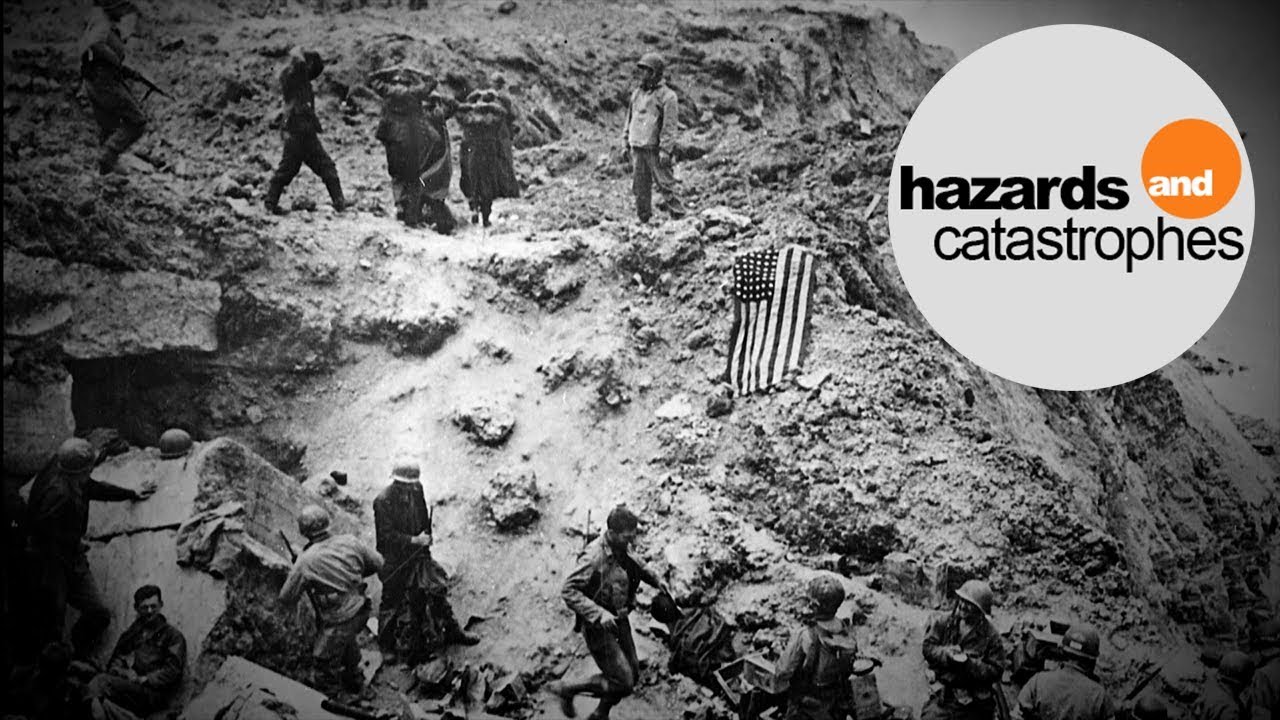In the heat of World War II, as millions perished to defend the cause of global freedom and democracy, an insidious rash of war crimes were occurring undeterred in plain sight. In the midst of war’s insanity, many brave young men committed heinous acts they would likely find unimaginable in more civilized settings. Not surprisingly, most of these incidents were never investigated or prosecuted; they were generally portrayed as one of the regrettable byproducts of an ugly war. War Crimes of the Liberators examines this uncomfortable line between the gallant and venal.
On June 6, 1944, a slow march up a French beach became one of the most ambitious and heroic assaults in the history of war. D-Day is remembered as a turning point in the Second World War, and as one of the proudest examples of combat valor in military history. According to the historians profiled in the film, war atrocities were occurring almost from the moment the allied forces began to storm the beach. In a breach of international conventions, many German prisoners were not taken into custody as is customary, but shot on sight. Sexual assaults were also a common occurrence. These types of mass executions and other atrocities were reported to have taken place on all sides of the war.
Complimented by absorbing narration and newsreel footage, the film delves into the psychology of war, and the decayed morality that results from prolonged exposure to bloodshed and untempered aggression. Some of these acts were influenced by the pressures of conformity, while others were triggered by an all-too-human thirst for vengeance. War is a catalyst that can bring out the best – and worst – of its players.
One of the film’s main points of focus is the culpability of military leadership, and their seeming indifference to such atrocities. In refusing to report, investigate or prosecute most of these incidents, military institutions failed to deter them from occurring.
War Crimes of the Liberators calls upon previously unpublished documents, raw testimonials from soldiers who stood on the front line, and insights from a panel of assorted researchers and historians to inform its challenging and tragic narrative.

